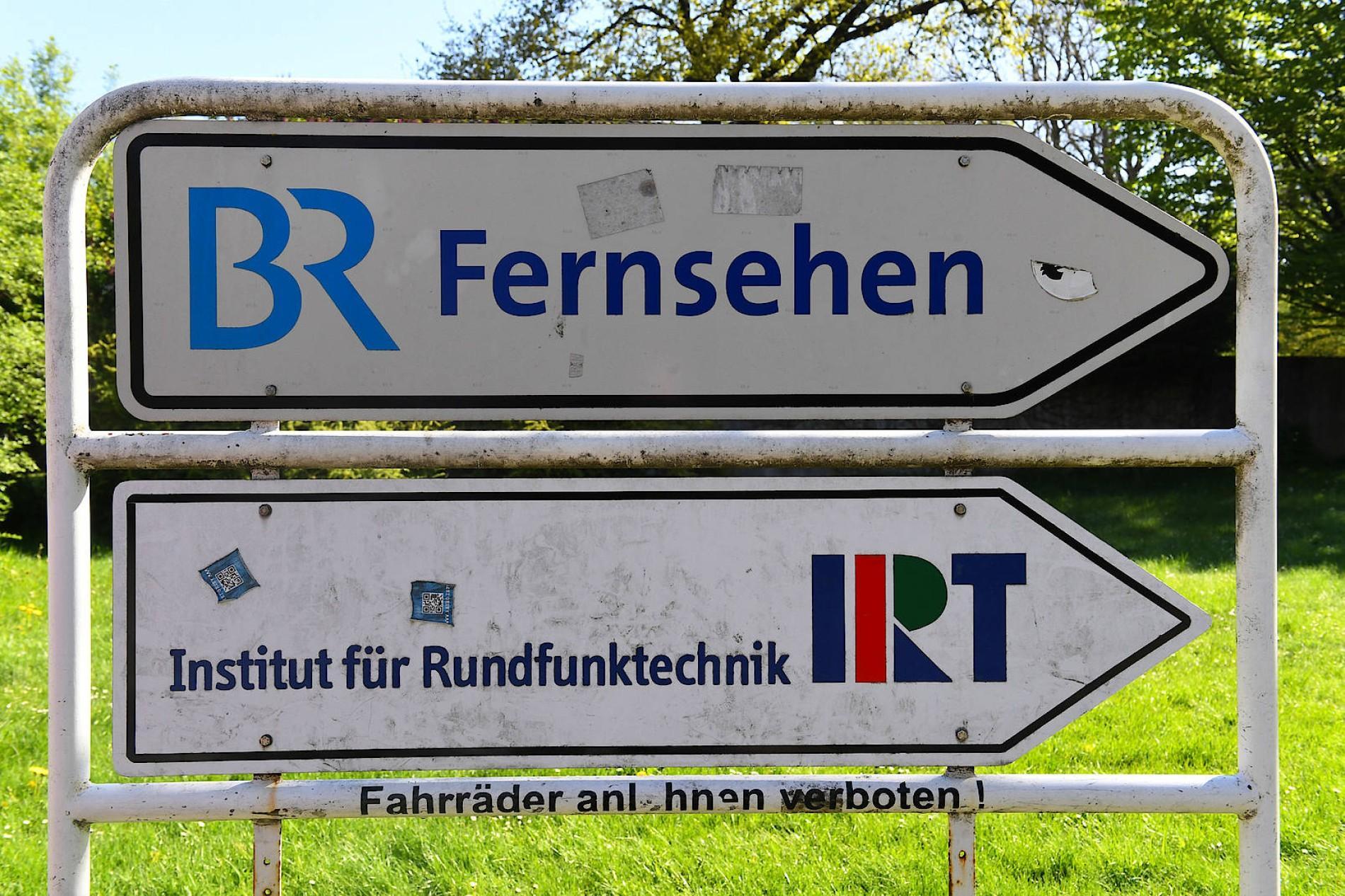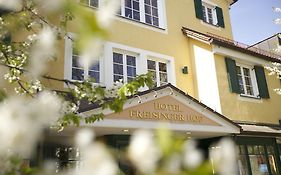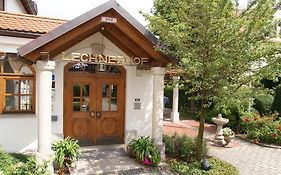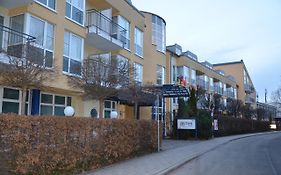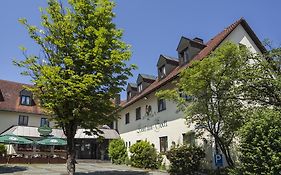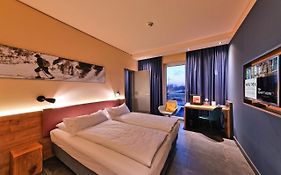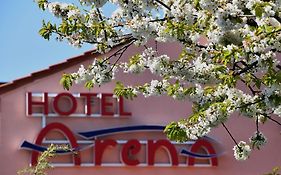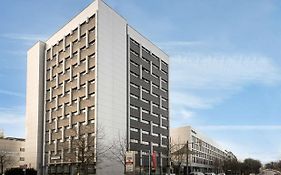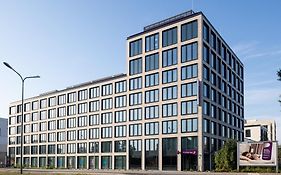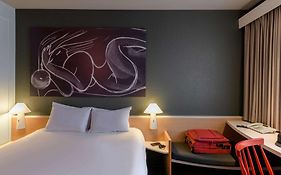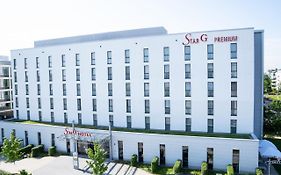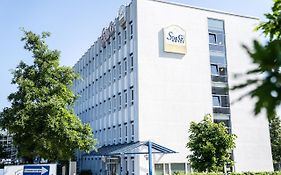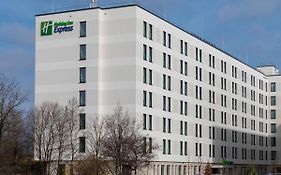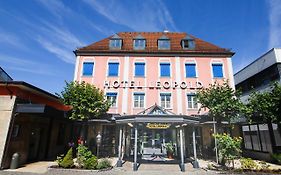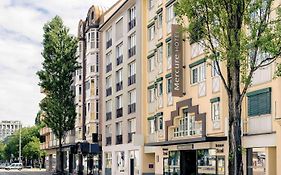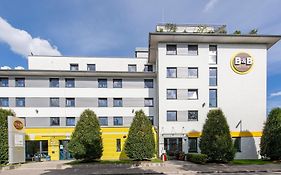The Institut für Rundfunktechnik (IRT) is a prominent research institution located in Unterföhring, Germany. Founded in 1956, the IRT has played a significant role in the development of broadcasting and audiovisual technologies. Its historical background and significance lie in its pioneering work in the field of broadcast engineering and media technology. The institution has been at the forefront of research and innovation, contributing to the advancement of radio and television broadcasting, and is renowned for its significant contributions to the standardization of media technology. Visitors have the opportunity to gain insight into cutting-edge research and development in the field of broadcasting, making it an intriguing destination for technology enthusiasts and those interested in the history and evolution of media.
In addition to its historical significance, the Institut für Rundfunktechnik is also known for its unique architectural style and engineering feats. The campus features modern, state-of-the-art facilities that reflect the institution's commitment to innovation. Visitors can explore the campus and witness the blend of cutting-edge design with functional efficiency, providing a glimpse into the institution's ethos and approach to technological advancement. The IRT offers opportunities for visitors to engage with history through guided tours, interactive exhibits, and hands-on learning experiences, providing a deeper understanding of the institution's impact on the media landscape.
Accessibility and visitor information for the Institut für Rundfunktechnik are readily available, with guided tours and visitor centers offering informative experiences for guests. Visitors can engage with the institution's research areas, attend lectures, workshops, and events, and learn about the unique programs and academic achievements for which the IRT is renowned. The institution's commitment to preservation efforts and restoration projects ensures that visitors can witness the ongoing evolution of media technology and broadcasting, making it an educational and enriching experience for tourists seeking insight into the intersection of technology and culture.

